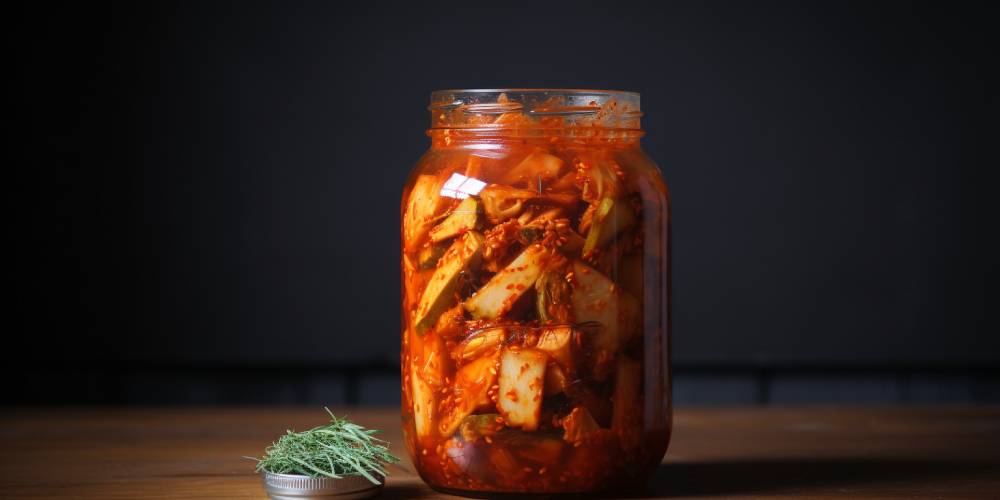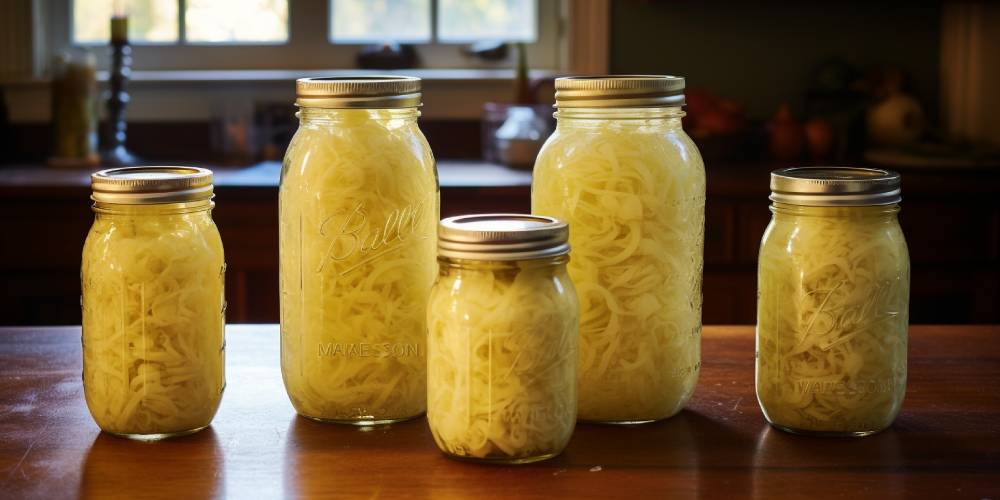Fermented foods have been a staple in various cuisines across the globe for centuries. Remarkably, they offer a delightful mix of tangy, sour, and umami flavors, which can tantalize any palate. But wait, there’s more. Fermented foods are a powerhouse of probiotics and other essential nutrients, beneficial for our gut health. So, if you’re vegan and want to add an explosion of flavors and health benefits to your plate, this guide is for you.
The Magic Behind Fermentation
Fermentation, at its core, is a process where microorganisms like bacteria, yeast, or fungi convert organic compounds—such as sugars and starches—into alcohol or organic acids. The outcome? Not only an extended shelf life for your veggies but also a delightful transformation of textures and flavors.
First off, it’s fascinating how such simple ingredients can turn into flavorful concoctions. As a vegan, you’ve likely embraced the joy of experimenting with foods. Fermentation becomes the next playground for your culinary adventures. To ease into the world of fermentation, one might think of it as nature’s way of pickling. Plus, making your ferments at home ensures you’re in control of everything that goes in, avoiding unwanted additives and preservatives. Let’s now dive into some vegan-friendly fermented foods you can craft at home.
Kimchi: The Korean Superstar

Often fiery red and bursting with flavors, kimchi has captured the hearts of many. It’s not just a side dish, but a versatile ingredient in numerous dishes. If you’ve ever wondered how to make a vegan version, here’s your chance.
Ingredients:
- Napa cabbage
- Sea salt
- Water
- Grated ginger
- Minced garlic
- Sugar
- Red pepper flakes
- Sliced carrots and radishes (optional)
- Green onions
Steps:
- Begin by cutting the Napa cabbage into bite-sized pieces. Then, immerse them in a brine made from water and sea salt. Allow the cabbage to soak for a few hours. This brining stage helps in breaking down the cabbage and initiating the fermentation process.
- While the cabbage is soaking, you can prepare the spice mix. Combine ginger, garlic, sugar, and red pepper flakes. Feel free to adjust the quantities to suit your taste. If you’re unsure about the spice level, starting off with a smaller quantity is always wise.
- After the cabbage has soaked, drain off the brine and mix in the spice mixture. Toss in the optional veggies and make sure everything is well combined.
- Pack the kimchi mixture tightly into glass jars, ensuring there are no air bubbles. Leave some space at the top. Seal the jars and allow them to sit at room temperature for a few days. Once you’re happy with the taste, refrigerate them.
Voilà! You’ve just crafted your vegan kimchi. By the way, if you’re searching for more unique vegan culinary experiments, check out these vegan cooking tips.
Sauerkraut: A European Classic

Sauerkraut, or “sour cabbage” in German, is an all-time classic in European cuisines. Thankfully, it’s also super easy to make.
Ingredients:
- Fresh green cabbage
- Sea salt
Steps:
- Firstly, shred the cabbage into thin slices. The finer, the better.
- Next, in a large mixing bowl, combine the cabbage and sea salt. Now, here’s where the fun part begins: massage the cabbage! It sounds peculiar, but this helps in releasing the juices.
- After a good massage, pack the cabbage into jars. Press it down to ensure the juice covers the cabbage completely.
- Seal the jars and let them sit at room temperature for a few weeks. Ensure to check on them from time to time, pressing the cabbage down if needed. Once it achieves the desired tanginess, move it to the refrigerator.
There you go, homemade sauerkraut, fresh and ready!
In Conclusion
Making your own vegan fermented foods can be incredibly rewarding. Not only do you reap the health benefits, but you also get the chance to experiment with flavors and textures. So, the next time you’re looking for a fun, vegan kitchen project, remember these recipes. After all, it’s always a joy to introduce new flavors to our vegan platter. Happy fermenting!
